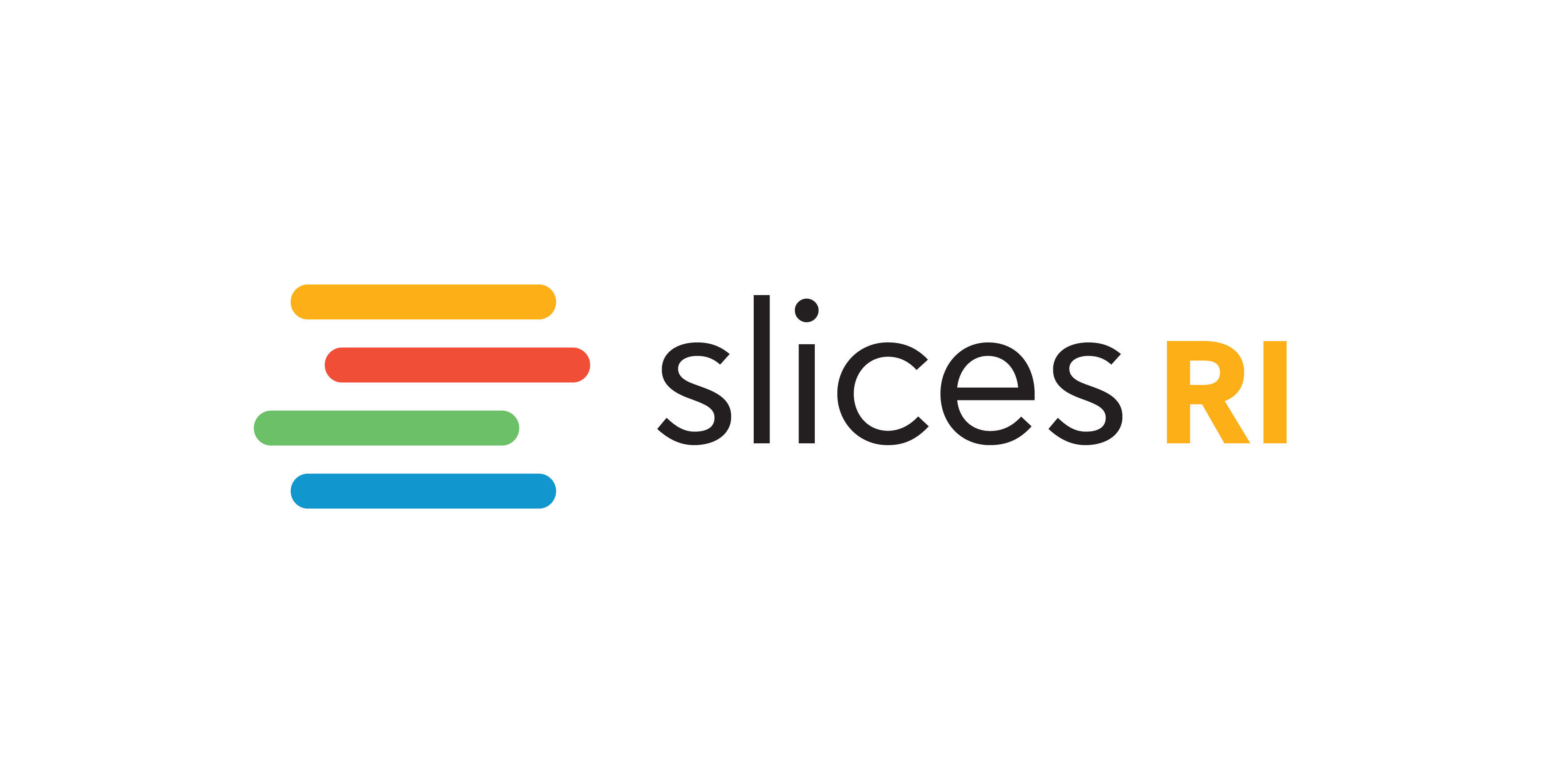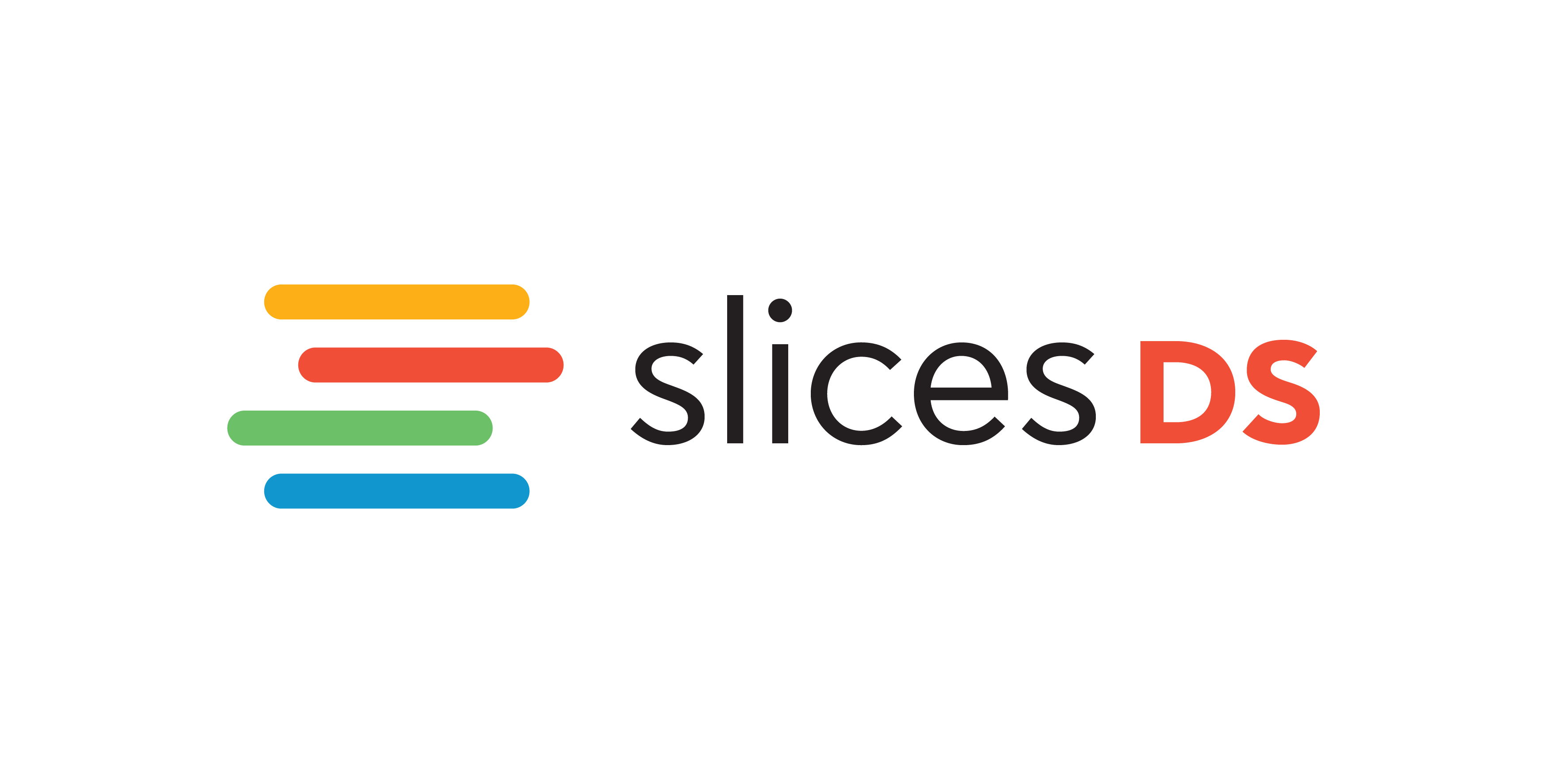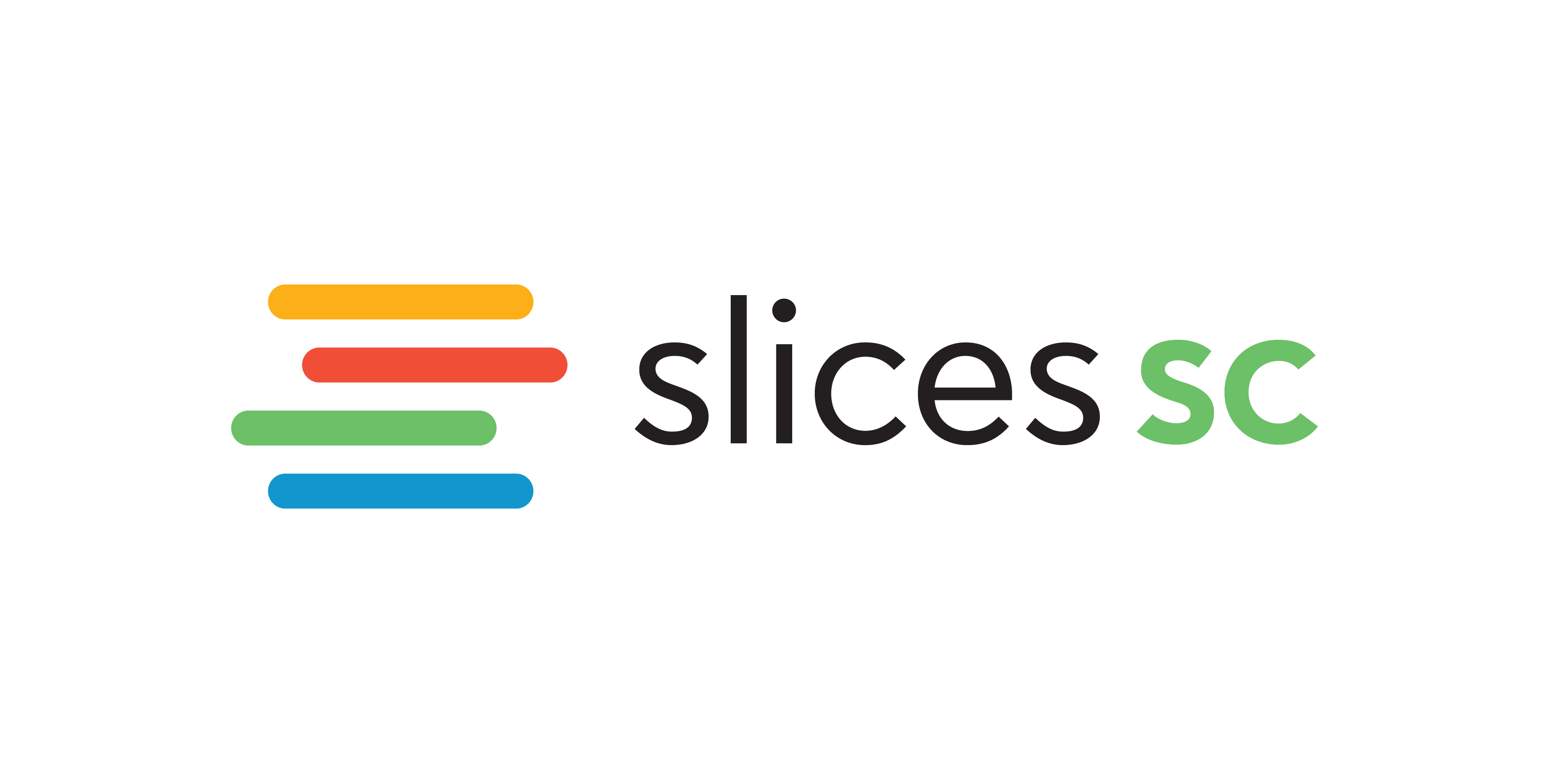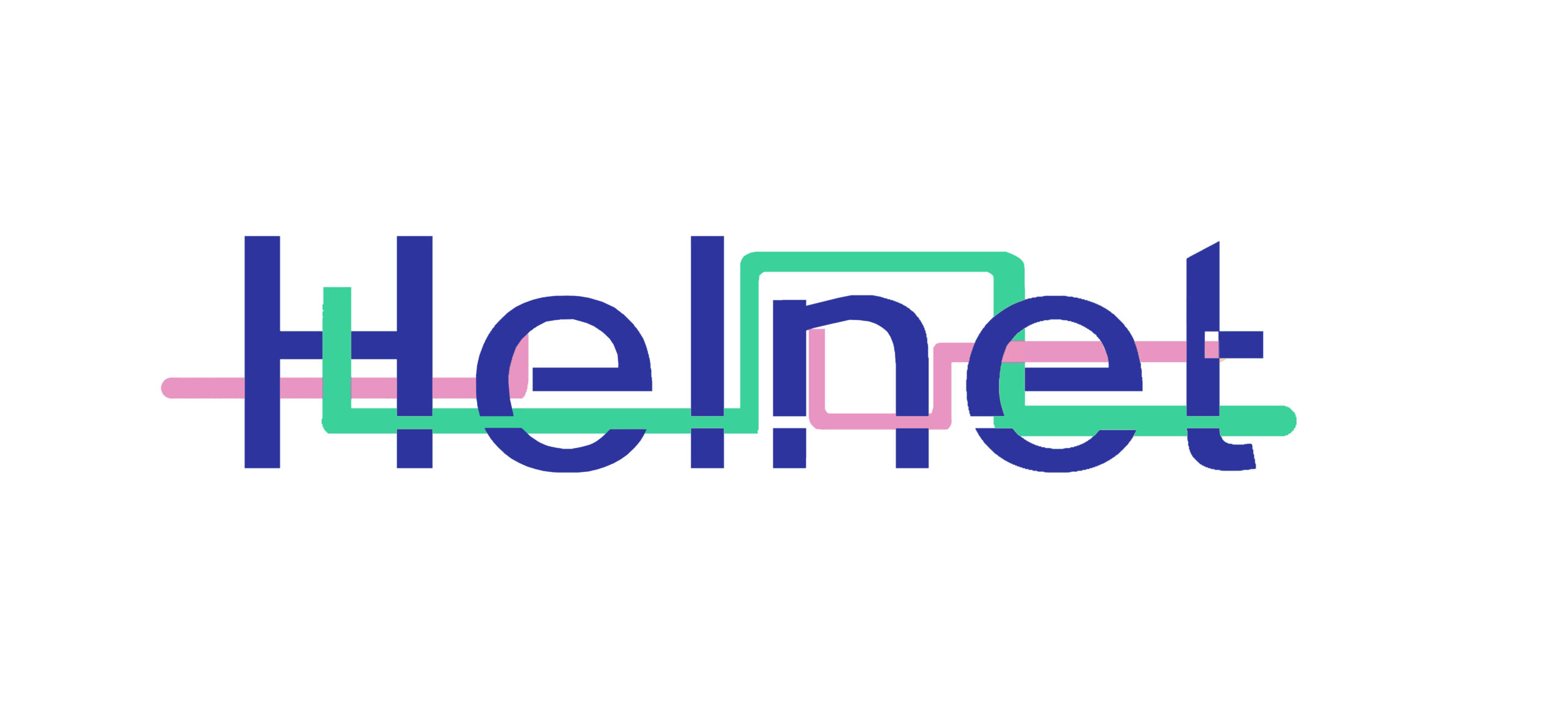Digital Research Infrastructures
Mission
NITLAB provides highly flexible and programmable platforms that span across the networking, cloud, and edge computing domains. These infrastructures are designed to support the full lifecycle of digital experimentation — from simulation and prototyping to real-world deployment and validation. Researchers can experiment with virtualized services, programmable network functions, and data-driven applications across distributed environments. Our testbeds enable repeatable experimentation and integration with open-source tools, supporting both foundational research and industrial validation efforts. This environment empowers innovation in areas such as service orchestration, cybersecurity, network automation, and federated experimentation.

projects

Summary: SLICES is a flexible platform designed to support large-scale, experimental research focused on networking protocols, radio technologies, services, data collection, parallel and distributed computing and in particular cloud and edge-based computing architectures and services.
Project Timeline:
Funding Agency:

Summary: The objective of the EU-funded SLICES-DS was to provide a complete design study for SLICES, a Europe-wide test-platform designed to support large-scale, experimental research on digital infrastructures. The SLICES design accounted for advanced compute, storage and network components, interconnected by dedicated high-speed links. Pushing forward, the project’s main goal was to strengthen the research excellence and innovation capacity of European researchers and scientists in the design and operation of future digital infrastructures. Indeed, the design, deployment and operation of complex and continuously evolving digital infrastructures is crucial to keeping our technologically advancing society humming. This is why the research community needs a large-scale test platform to address issues of innovative and possibly even disruptive scientific concepts and technologies at the basis of digital infrastructures, along the multi-dimension of efficiency, reliability, availability, range, end-to-end latency, security and privacy.
Project Timeline:
Funding Agency:

Summary: With SLICES-SC, we aspire to foster the community of researchers around this ecosystem, create and strengthen necessary links with relevant industrial stakeholders for the exploitation of the infrastructure, advance existing methods for research reproducibility and experiment repeatability, and design and deploy the necessary solutions for providing SLICES-RI with an easy to access scheme for users from different disciplines. A set of detailed research activities has been designed to materialize these efforts in tools for providing transnational (remote and physical) access to the facility, as well as virtual access to the data produced over the facilities. The respective networking activities of SLICES-SC aspire in fostering the community around these infrastructures, as well as open up to new disciplines and industrial stakeholders.
Project Timeline:
Funding Agency:

Summary: Based on the two preceding projects within SLICES-RI, SLICES-DS (Design Study) and SLICES-SC (Starting Community), the SLICES-PP (Preparatory Phase) project will validate the requirements to engage into the implementation phase of the RI lifecycle. It will set the policies and decision processes for the governance of SLICES-RI: i.e., the legal and financial frameworks, the business model, the required human resource capacities and training programme. It will also settle the final technical architecture design for implementation. It will engage member states and stakeholders to secure commitment and funding needed for the platform to operate. It will position SLICES as an impactful instrument to support European advanced research, industrial competitiveness and societal impact in the digital era.
Project Timeline:
Funding Agency:

Summary: HELNET is a unified Future Internet Research and Experimentation (FIRE) infrastructure in the form of a unique, pan-Hellenic, federated, highly heterogeneous and large-scale experimental facility, which will offer “Testbeds as a Service” and will extend and improve the distributed FIRE installations around Greece (Univ. of Athens, NTUA, Univ. of Patras) led by the University of Thessaly and its widely recognized NITOS network experimentation testbed facility. The involved facilities, under the HELNET component, will be offering experimentation services based on cutting-edge networking equipment, thus enabling the experimental evaluation of innovative applications and protocols in the field of 4G/3G communications, WiFi networking, Software Defined Networking and Software Defined Radios. The HELNET experimental facility will empower innovation at national and international level and significantly upgrade the competitive advantage of the Greek institutions and facilities for the industrial development and innovation.
Project Timeline: 01/07/2018 – 01/12/2021
Funding Agency: GSRT (General Secretariat for Research and Innovation)

Summary: In order to keep Research Infrastructures at the highest level of excellence in science, new technologies and solutions must be developed to steer toward a reduced environmental footprint, as it is the case for all domains of our societies. Lowering the environmental impact of digital infrastructures should be a priority as they today contribute 3 to 4% of the total greenhouse gas (GHG) emission in the world and expected to triple from 2020 to 2050. GreenDIGIT brings together 4 major distributed Digital Infrastructures at different lifecycle stages, EGI, SLICES, SoBigData, EBRAINS, to tackle the challenge of environmental impact reduction with the ambition to provide solutions that are reusable across the whole spectrum of digital services on the ESFRI landscape, and play a role model. GreenDIGIT will capture good practices and existing solutions and will develop new technologies and solutions for all aspects of the digital continuum: from service provisioning to monitoring, job scheduling, resources allocation, architecture, workload and Open Science practices, task execution, storage, and use of green energy. GreenDIGIT will deliver these solutions as building blocks, with a reference architecture and guidelines for RIs to lower their environmental footprint. It will include the extension of a workload manager, Virtual Machine Manager, AI/ML training framework, and IoT/5G/network management solutions from 4 participating RIs with new brokering logic to optimize task execution toward low-energy use. User-side tools and Virtual Research Environments will also be expanded with energy usage reporting and reproducibility capabilities to motivate users to apply low-energy practices. The new solutions will be validated through reference scientific use cases from diverse disciplines and will be promoted to providers and users through an active dissemination and training programme, in order to prepare the next generation of Digital RIs with a low environmental footprint.
Project Timeline: 01/03/2024 – 28/02/2027
Funding Agency: HORIZON-RIA – HORIZON Research and Innovation
